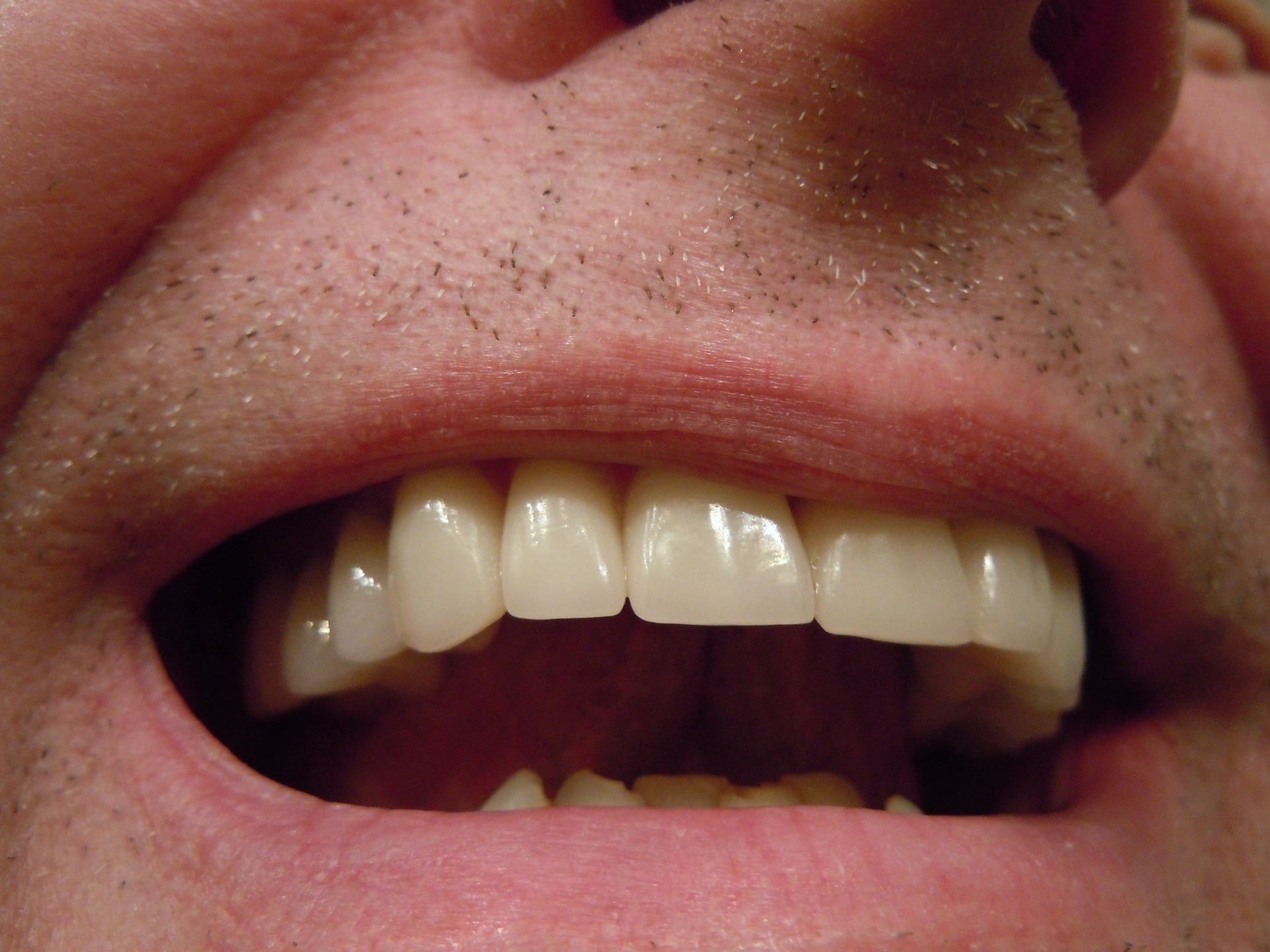News release
From:
Microbiology: Ancient plaque provides insights into dietary shifts
Ancient oral microbiomes may have changed with the gradual shift in diet of Neolithic populations from hunting and gathering towards agriculture, suggests a Nature Communications paper. The findings, based on ancient DNA found in dental calculus (calcified dental plaque), highlight the evolution of the human oral microbiome and changes in diet in prehistoric Italy over a period of 30,000 years.
Ancient DNA from dental calculus can be used to examine the oral microbiome in human skeletal remains, which can provide insights into an individual’s diet. The oral microbiome is variable and can also be influenced by ecology and living conditions, which may explain why prior examination of ancient oral microbiomes across the transition to agriculture in Europe has produced conflicting results.
Using DNA from ancient dental calculus, Andrea Quagliariello and colleagues examined the oral microbiomes of 76 individuals who lived in prehistoric Italy, spanning the upper-Palaeolithic (31,000–11,000 BC), Neolithic (6,200–4,000 BC), and Copper Ages (3,500–2,200 BC). They combined these data with microscopic food remnants, also found in dental calculus, and archaeological findings. Using data covering almost 30,000 years, the authors were able to identify dietary shifts spanning from a reliance on hunting, to the introduction of fermentation and milk, and finally a reliance on carbohydrates associated with an agriculture-based diet. Importantly, the authors were also able to connect changes in microbiota with evidence of food consumption (fragments of food in plaque), and food processing (food residue found on grindstones and animal remains).
The findings provide insights into the evolution of the ancient oral microbiome associated with dietary change in prehistoric European populations.



 International
International


